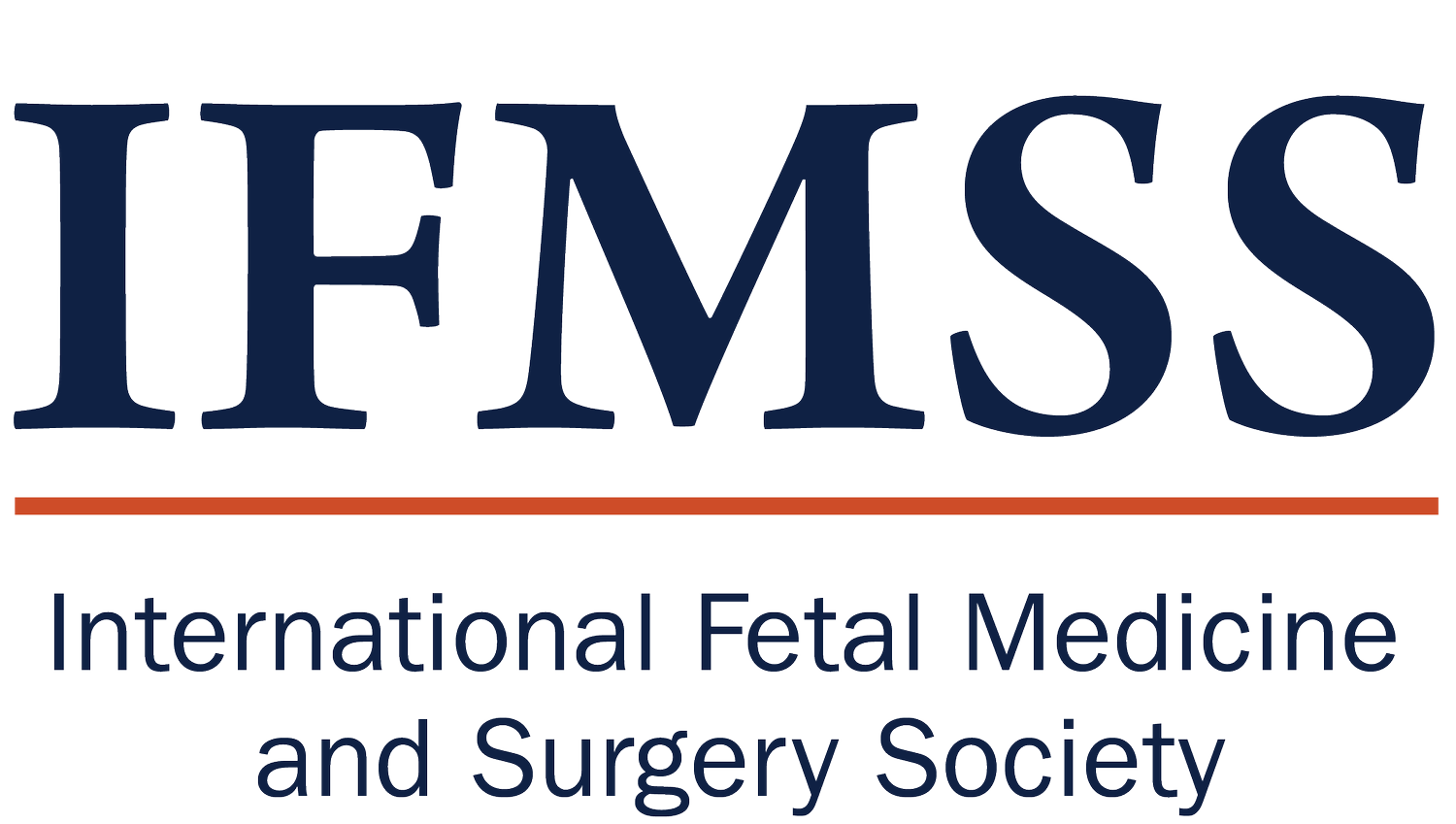
16th Annual Meeting
Girdwood, Alaska, USA, 1997
Meeting Details
President and Host: Mark Johnson and Mark Evans
Venue: Alyeska Resort, Girdwood, Alaska, USA
Dates: 1 - 5 June 1997
Scientific Meeting Presentations: 101
About the Logo: Wild Woman with Human Child
By tradition, the President-elect of the International Fetal Medicine and Surgery Society (IFMSS) is given the task of organizing and choosing the site for the next Society meeting. Given the potentially controversial nature of prenatal diagnosis and in utero therapy, tradition has also dictated that these meetings be held in locations away from large metropolitan areas where distractions would be limited and allow free and open discussion and exchange of ideas between members. Also, the chosen site was to be a reflection of the personality of the hosting President. Having grown up in Minnesota and being an avid outdoors person, considering options for a beautiful rustic setting, Alaska seemed the perfect solution. Therefore, the meeting was held at the Alyeska Resort, approximately 45 minutes outside of Anchorage.
Also by tradition, the President-elect is responsible for designing an original meeting and site-specific logo. I have always been fascinated by the traditions and artwork of the Northwest Indian tribes, own a number of books on style that explains the meaning of the repetitive images, colors and designs used in their carvings and artwork. It seemed a perfect style to work within to develop a logo for meeting. While paging through one of my resource books, I happened upon a very old cedar carving depicting the woodland spirit “Wild Woman”. Folklore describes Wild Woman as a spirit that would steal infants and children from villages and take them deep into the forest and tum them into spirits and creatures of the forest to live with her and keep her company. This legend would seem to explain the disappearance of children from accidents or predatory animals, and consol the family that their child had become one ofthe woodland spirits of their natural surroundings. Within the same book, I also found an uncommon representation of a human figure carved into a totem pole. That is when the idea struck me.
One could consider fetuses with major congenital malformations associated with poor chance of survival as Mother Nature’s attempt to take back or steal these children from their parents. In this drawing, Mother Nature is represented by Wild Woman who is attempting to “spirit” the unborn child away from their families. Based on this concept, it was a simple matter of making the Wild Woman image “pregnant” by integrating the original human image from the totem, while maintaining the integrity, meaning and significance ofthe original designs. What you see is the result ofmy attempts to combine these two design elements.
The ultimate goal was to represent the concept that as fetal therapists and surgeons it is our job to try and help these families get their unborn or newborn child back from the forces of nature that are trying to take them away. I hope you enjoy this computer reproduction of the original drawing. The traditional red and black represent the forces of good and evil, and a key concept of this art form is to include imperfections within the design to acknowledge that man and nature are not perfect and are in constant conflict to remain in balance.





